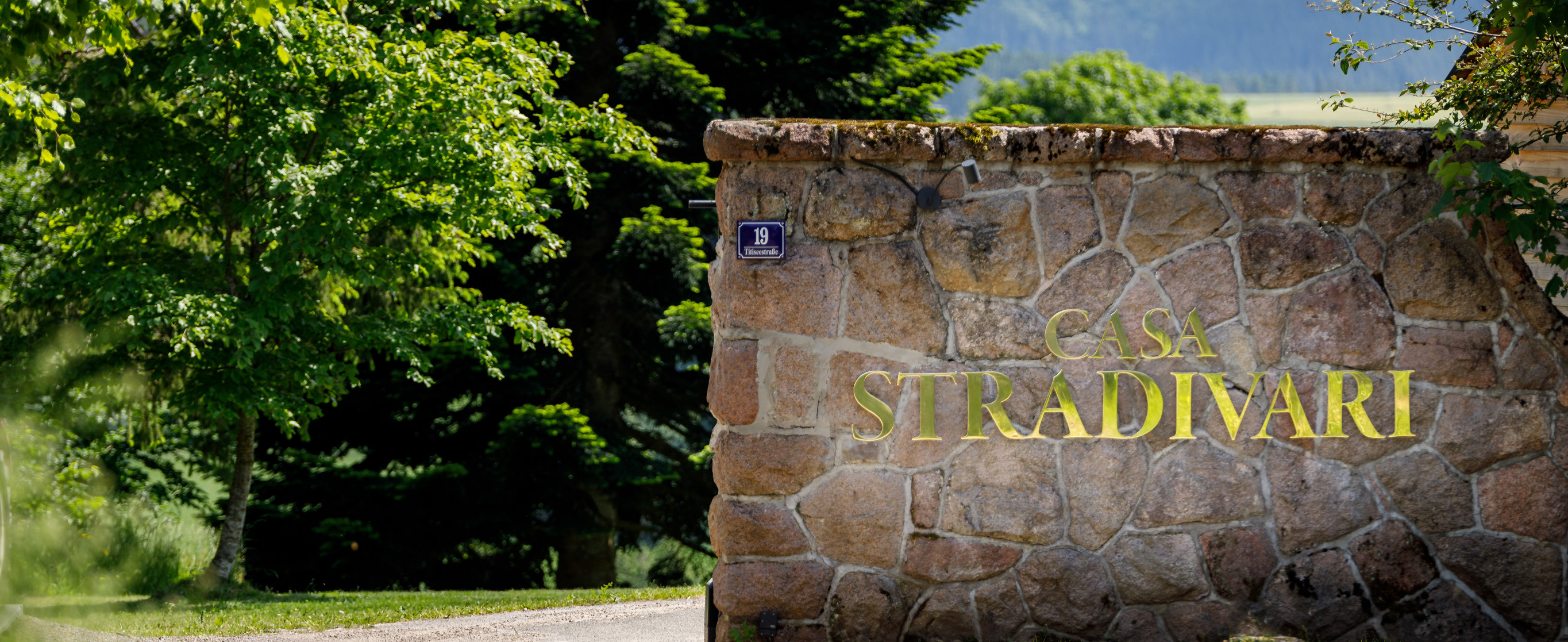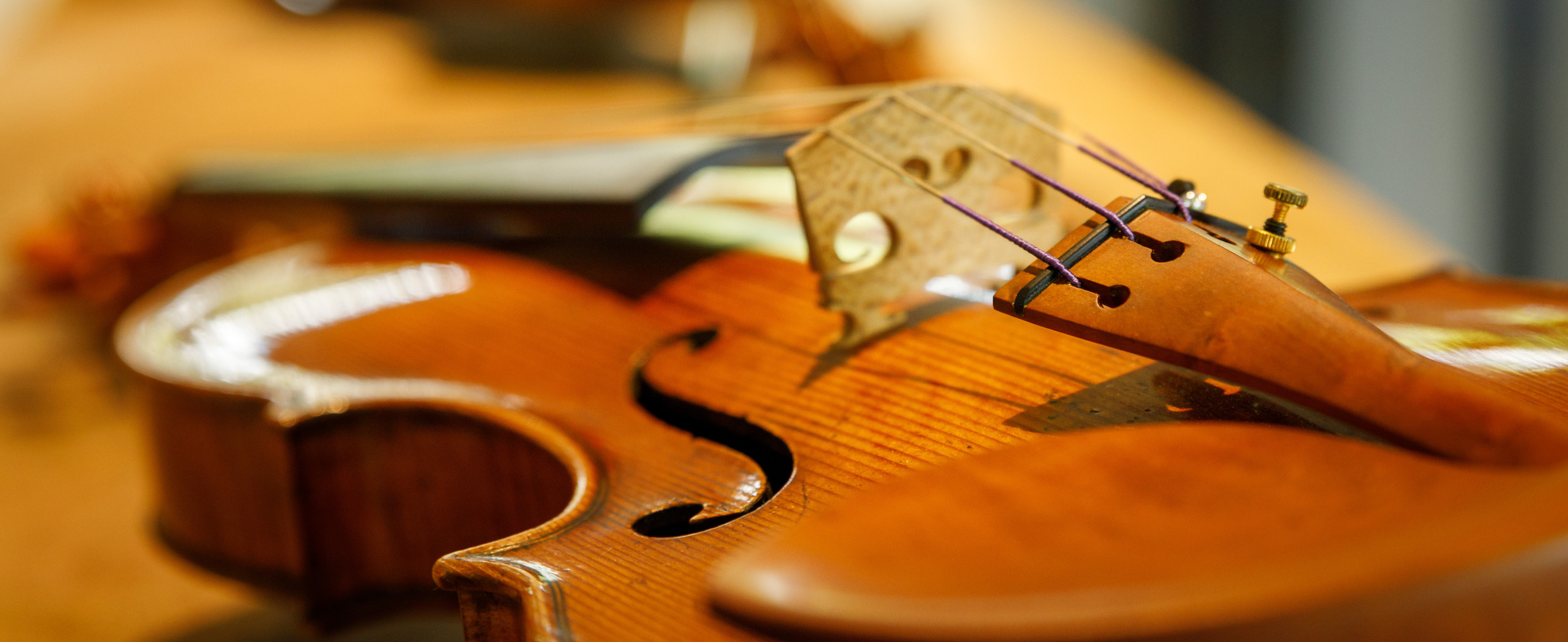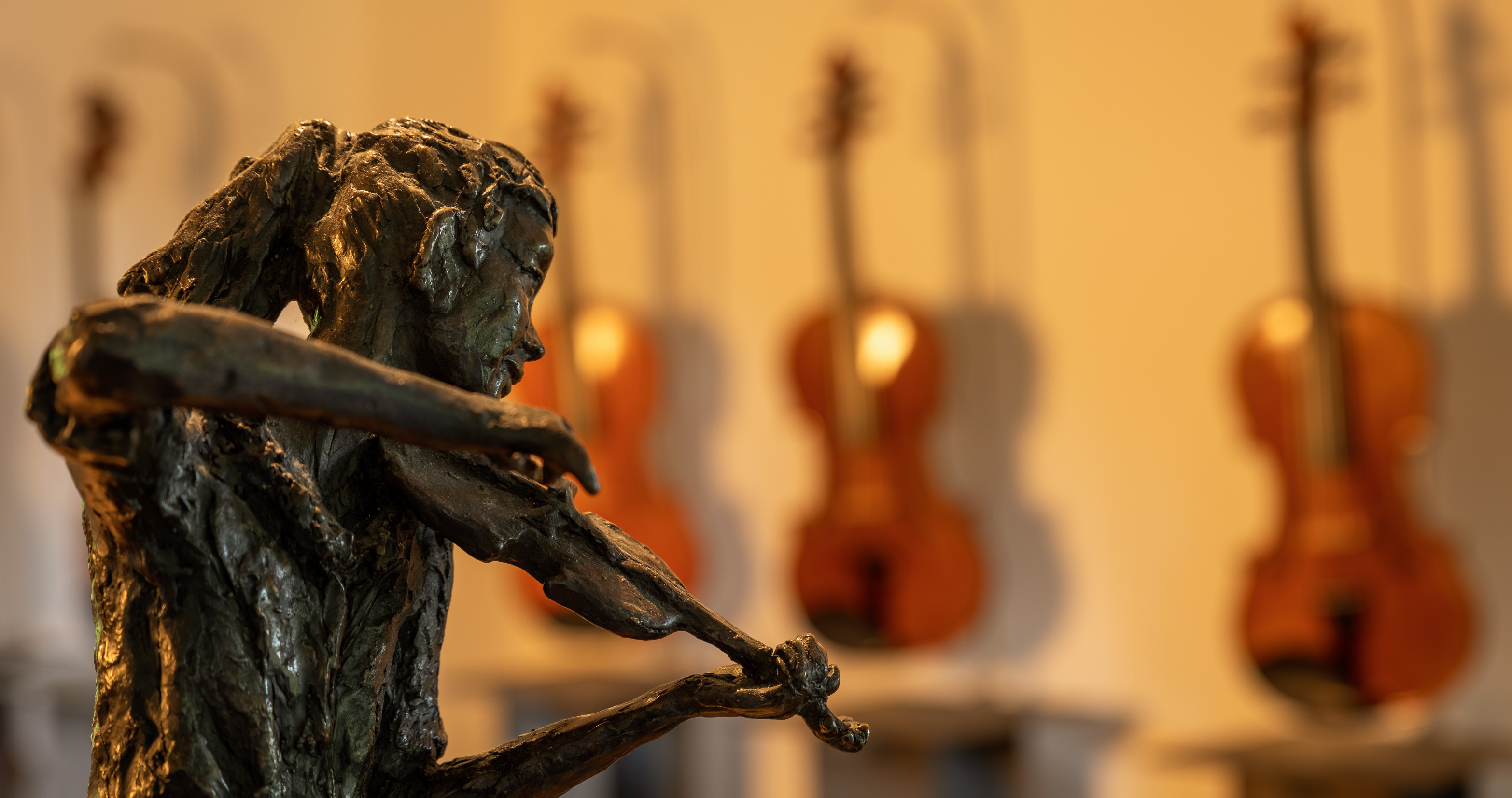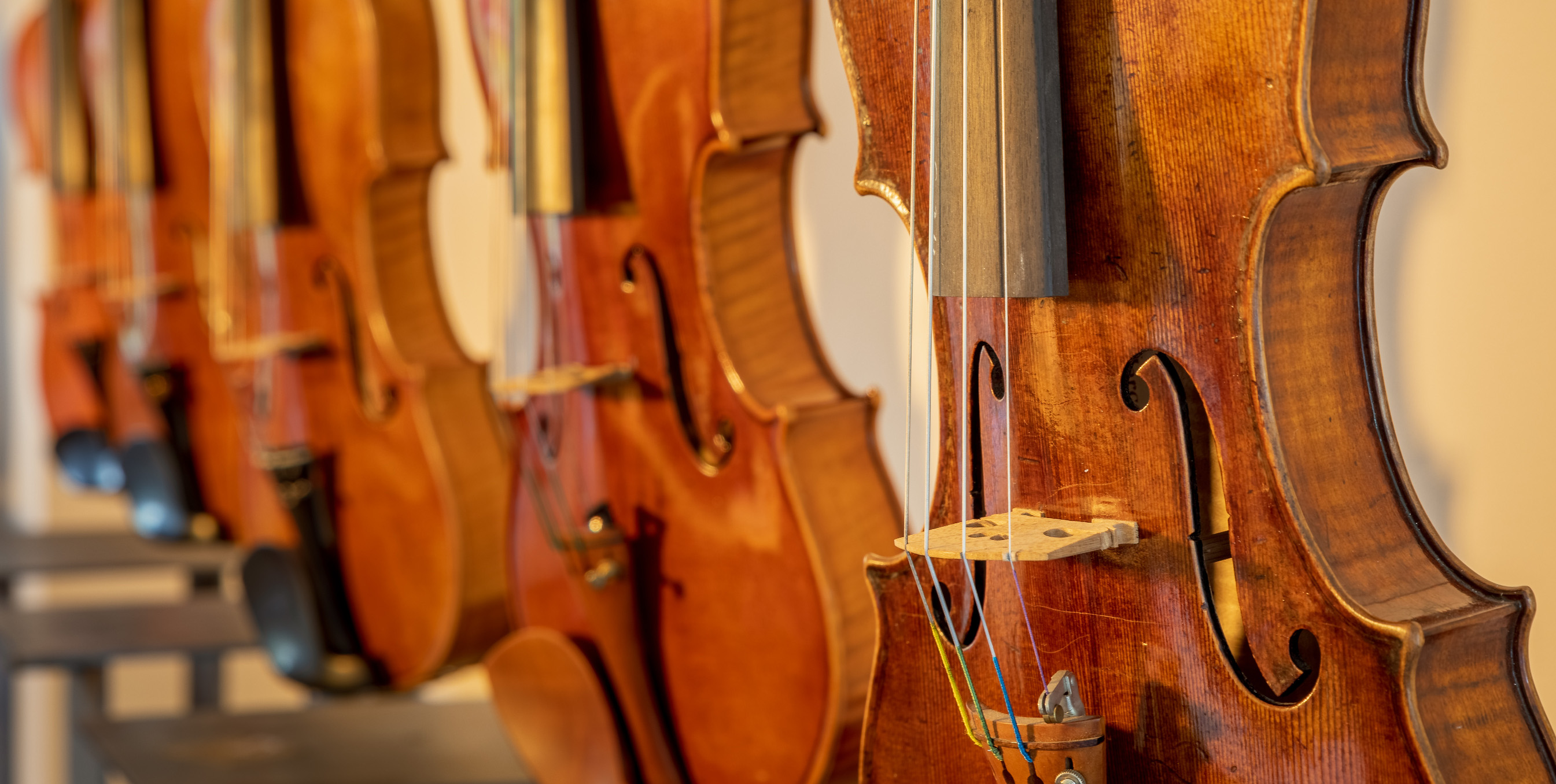Antonio Stradivari 1720 VL Rochester
In referring to the instruments Stradivari produced from 1720 onwards, the Hill Brothers described the old Cremonese master’s attitude in a way that helps us fully appreciate the characteristics of the ‘Rochester’ violin: ‘The year 1720 heralds in Stradivari’s seventy-sixth birthday: four years more, and he will be an octogenarian. One would think that, as in the case of his master Nicolò Amati, he would ere this have reached that moment when, in the natural order of things, he would have laid down his tools—if not entirely, at least in great measure—in favour of younger men, and during his remaining years would have peacefully looked back with feelings of pride upon a fruitful and industrious past of over threescore years. He could still have superintended and given others the benefit of his unrivalled experience. Apparently, however, old age came lightly upon him. Hale in body and vigorous in mind, he still retained that marvellous power and facility in handling his tools which permitted of his continuing in the even tenor of his way. We cannot but believe that his sons Francesco and Omobono, born respectively in 1671 and 1679, and possibly Carlo Bergonzi, worked with him, each rendering assistance to the best of his ability; although the most minute scrutiny of the instruments of the period fails to reveal any signs of hands other than his own having contributed a share towards the building up of either violin, viola or violoncello. Possibly—and this seems to us the only hypothesis—Stradivari permitted them to rough out the work, and went all over it after them, thus removing all traces of their co-operation.’ This instrument still bears an original label dated 1720 and is named after a leading family of Rochester, in Kent, England.
Further Details
Antonio Stradivari Set 1, Volume 3, Page 264










